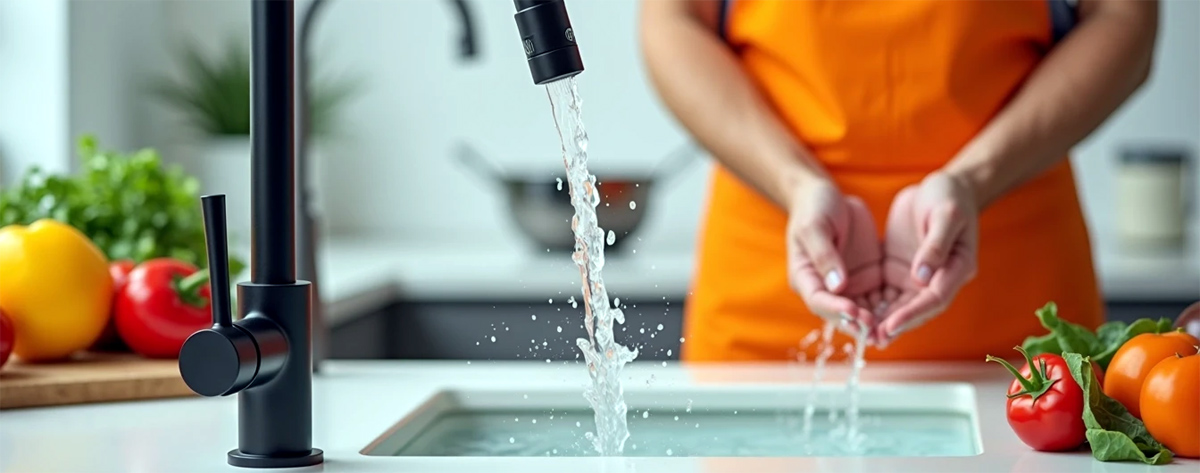Strong food safety practices are essential for any successful restaurant, regardless of whether it is a quick-service establishment or a fine dining venue. Implementing these practices not only helps prevent foodborne illnesses but also protects the restaurant’s reputation and ensures compliance with regulatory requirements. The best restaurants follow these 10 basic food safety practices:
1. Develop a HACCP Plan
Use a HACCP (Hazard Analysis and Critical Control Points) system to proactively identify and control food safety risks. Even if not required, HACCP principles help standardize procedures around prevention, monitoring, and corrective actions.
2. Prioritize Proper Handwashing
Hand hygiene is the first defense against contamination. Staff must wash hands with soap and warm water for 20 seconds—especially after handling raw foods, using the restroom, or touching face or hair. Install designated handwashing sinks and consider touchless dispensers.
3. Monitor Food Temperatures
Keep cold foods at or below 41°F (5°C) and hot foods at or above 135°F (57°C). Use calibrated thermometers and follow proper cooling and reheating procedures. Digital temperature logs offer better visibility and compliance.
4. Prevent Cross-Contamination
Use color-coded cutting boards and utensils to separate raw and ready-to-eat foods. Store raw meat below other items and sanitize food-contact surfaces between uses. Train staff to follow these systems consistently.
5. Choose Safe Suppliers
Work with vendors who provide food safety certifications. Inspect deliveries for proper temperatures and packaging integrity, and maintain traceability logs in case of recalls or complaints.
6. Train Your Staff Continuously
Food safety isn’t a one-time topic. Offer initial onboarding, regular refreshers, pre-shift talks, and certification opportunities (e.g., ServSafe) to reinforce key practices and ensure compliance.
7. Maintain a Cleaning Schedule
Create daily, weekly, and monthly cleaning routines for all kitchen equipment and surfaces. Use appropriate chemical dilutions and verify completion with digital checklists or logbooks.
8. Manage Food Allergens
Maintain up-to-date ingredient lists and train staff on the major allergens: milk, eggs, peanuts, tree nuts, fish, shellfish, soy, and wheat. Use separate tools and prep areas for allergen-free meals and communicate clearly with guests.
9. Enforce a Health Policy
Sick staff should stay home, especially if experiencing vomiting, diarrhea, jaundice, or fever. Provide clear guidelines for when employees can return to work and ensure wounds are covered and gloved.
10. Conduct Self-Inspections
Perform regular walk-throughs using local health department checklists. Rotate managers to get fresh perspectives. Document issues and corrections, and consider occasional third-party audits to catch blind spots.
Food safety is more than a compliance task—it’s a business-critical culture. By focusing on these core practices, restaurants will protect guests, build trust, and run smoother operations.
Related Resources
FDA Food Code: The FDA publishes the Food Code, which is a model for best practices in ensuring safe food handling in retail settings. You can find more information on the FDA Food Code and its adoption by states at FDA.gov.
FoodSafety.gov: This website is a collaborative effort between several government agencies to provide information on food safety, including recalls and outbreaks. You can access it at FoodSafety.gov.
CDC Restaurant Food Safety: The Centers for Disease Control and Prevention (CDC) provide resources and guidelines for improving restaurant food safety. Visit CDC.gov for more details.

